Esthetic Planners Blogs
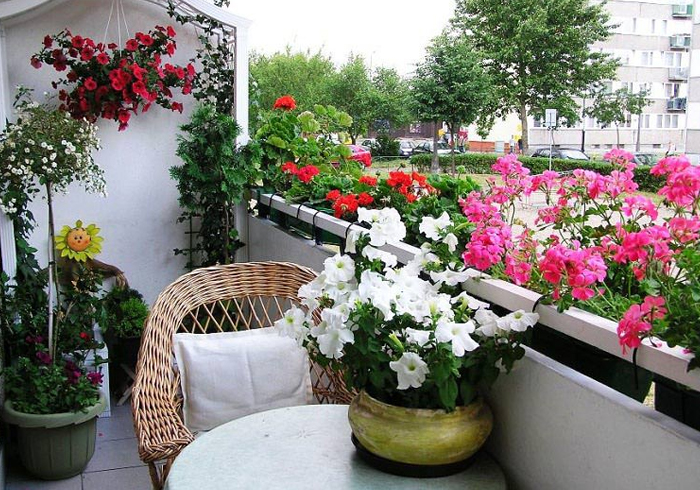
Balcony plants can transform a dull square outside space into a lush extension of your house in a simple and elegant way. However, given they'll be spending most of their lives outside, it's critical to think about your local climate while purchasing plants.
Before you go out and buy plants for your balcony, have a look at it. How many hours of sunlight does it receive each day? It's possible that it's always murky. Our list of the finest balcony plants includes sun-loving plants, partial-sun plants, and a few shade-loving plants, so you may have a lush balcony no matter what the weather is like.
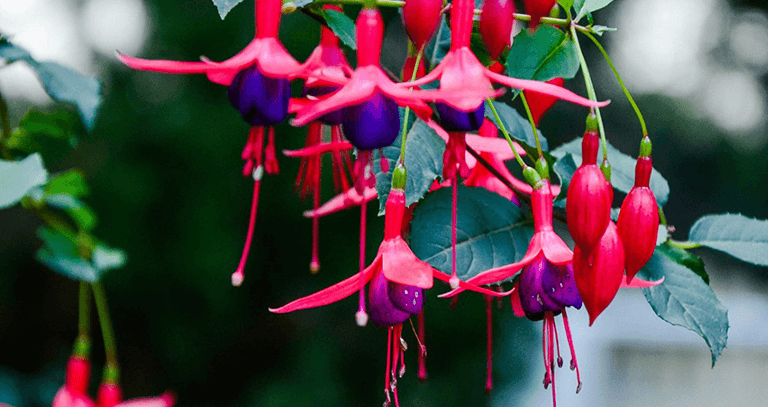
Fuchsia is also known as hummingbird fuchsia because of its vividly colored blossoms that attract hummingbirds. These plants, which are frequently offered in hanging baskets, will die throughout the winter but will reappear in the spring.
Fuchsias are "heavy feeders," which means they require a lot of fertilizer to develop and bloom again (a slow-release fertilizer will mean you can fertilize once and forget it).
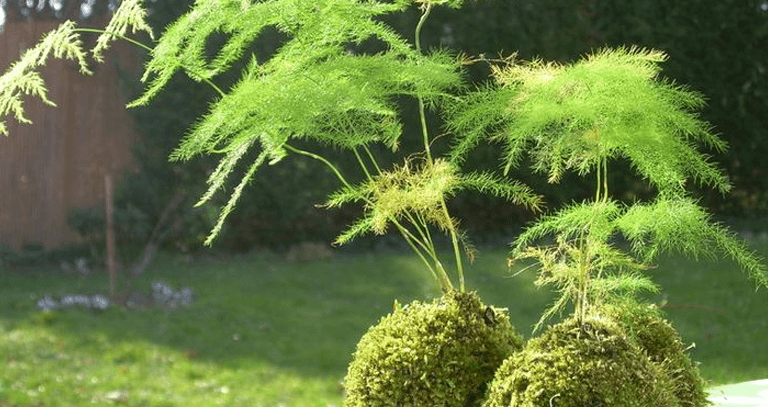
Asparagus, or garden asparagus, folk name sparrow grass, scientific name Asparagus officinalis, is a perennial flowering plant species in the genus Asparagus. Its young shoots are used as a spring vegetable. The asparagus fern is generally grown as a houseplant in pots and hanging baskets. The care for this plant involves providing optimum growth conditions, which include adequate sunlight, water, and using well-drained and nutrient-rich soil.
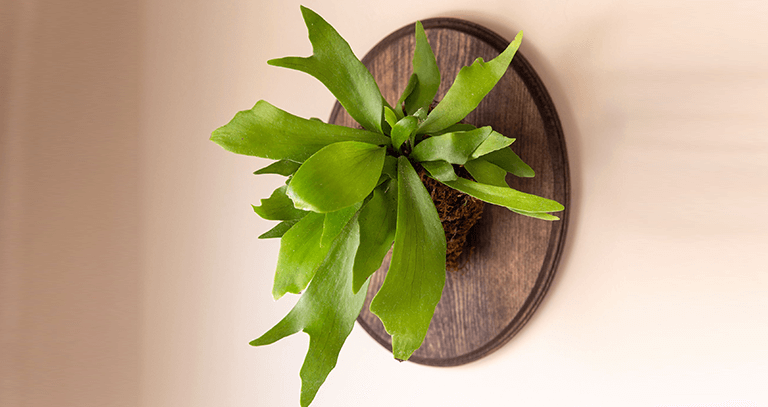
Staghorn ferns can be grown outside in shadier areas in tropical and subtropical climates, but in more temperate climates, they must be brought inside as soon as the weather cools.
These ferns grow on the sides of trees in their native habitat, and while they can live in a pot, it's preferable to mount them onto a board or other surface (you'll need some peat-like material between the fern and the surface it's attached to). This provides you some very great alternatives for draping gracefully from above on a balcony.
Because these plants don't have roots, they get most of their nutrients and moisture through their fronds, so plan ahead for watering when deciding where to put them.
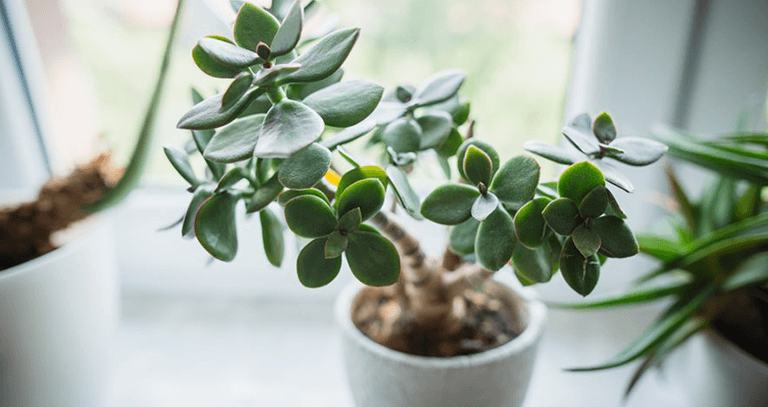
This succulent thrives in a range of environments in places where it rarely freezes. It thrives in both sunny and slightly sunny locations.
Its sculptural contrast to fuller plants is its nicely formed, plump leaves, which contrast dramatically with its massive grey stem.
Although jade plants are succulents, they can get by with a little less water (though they need regular water in the spring, especially). And, because they grow slowly, they will last for decades, rarely requiring repotting because they can withstand somewhat bound roots.
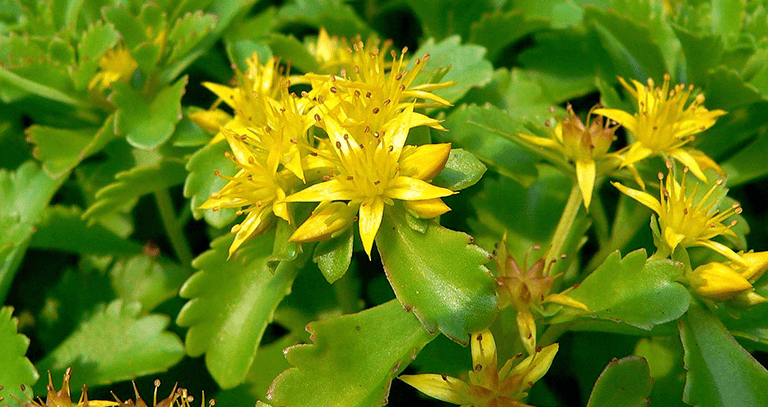
Since these plants are little succulents, they're perfect for covering the dirt in containers with taller plants. Because they require full sun, match them with plants that require the same amount of light. They can also be used as a stand-alone plant in a hanging planter.
There are over 600 different forms of sedum, and the majority of them are highly tough. Because sedum and stonecrops can endure freezing conditions, they can be left outside all year.
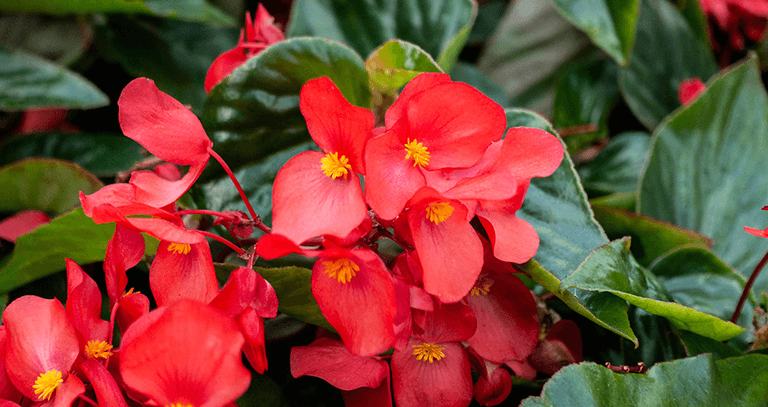
If well-watered and fed, begonias produce a profusion of blooms all summer long, and they can overwinter in pots (though all their foliage will die).
They are a popular choice for hanging baskets since they gracefully drape over the sides of containers, trailing leaves and blossoms over the edge of whatever they're planted in. Begonias thrive in a mix of sun and shade, and they can even thrive in situations where there is more shadow than the sun.
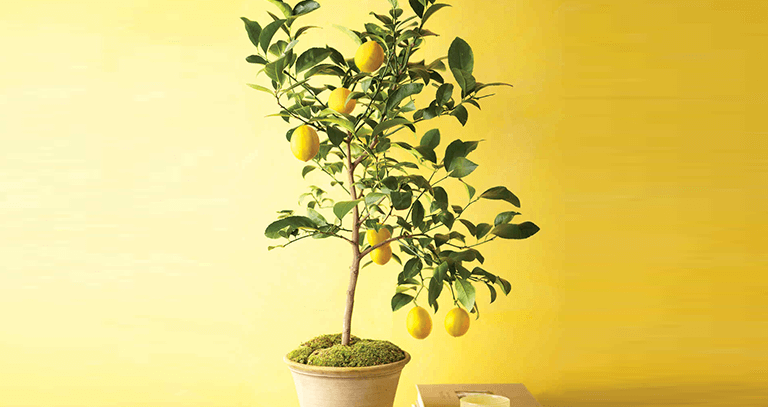
If properly cared for, this sun-loving tree will produce both delicious-smelling blooms and fruit. Because these are sun-loving, heat-loving plants, they thrive best outside, but they don't like very cold conditions, so this one is best for balconies in locations that don't freeze. They require a well-draining pot as well as plenty of fertilizer and water.